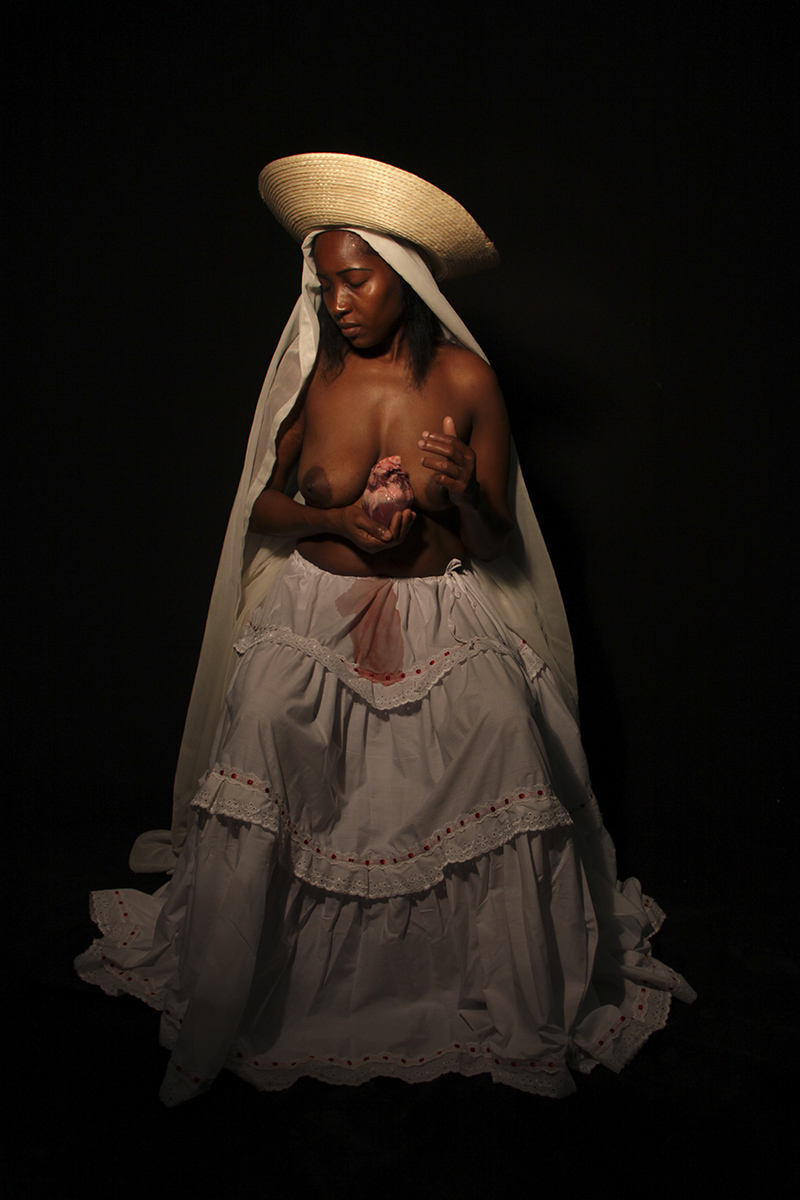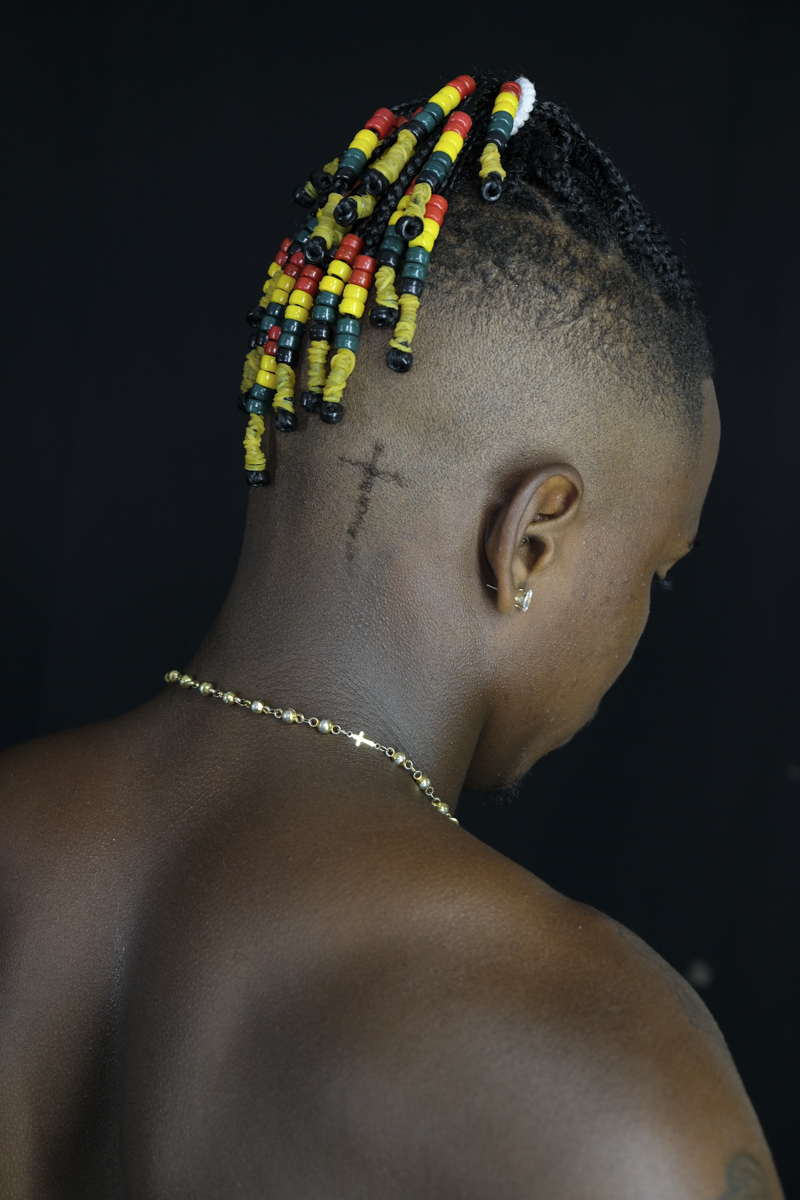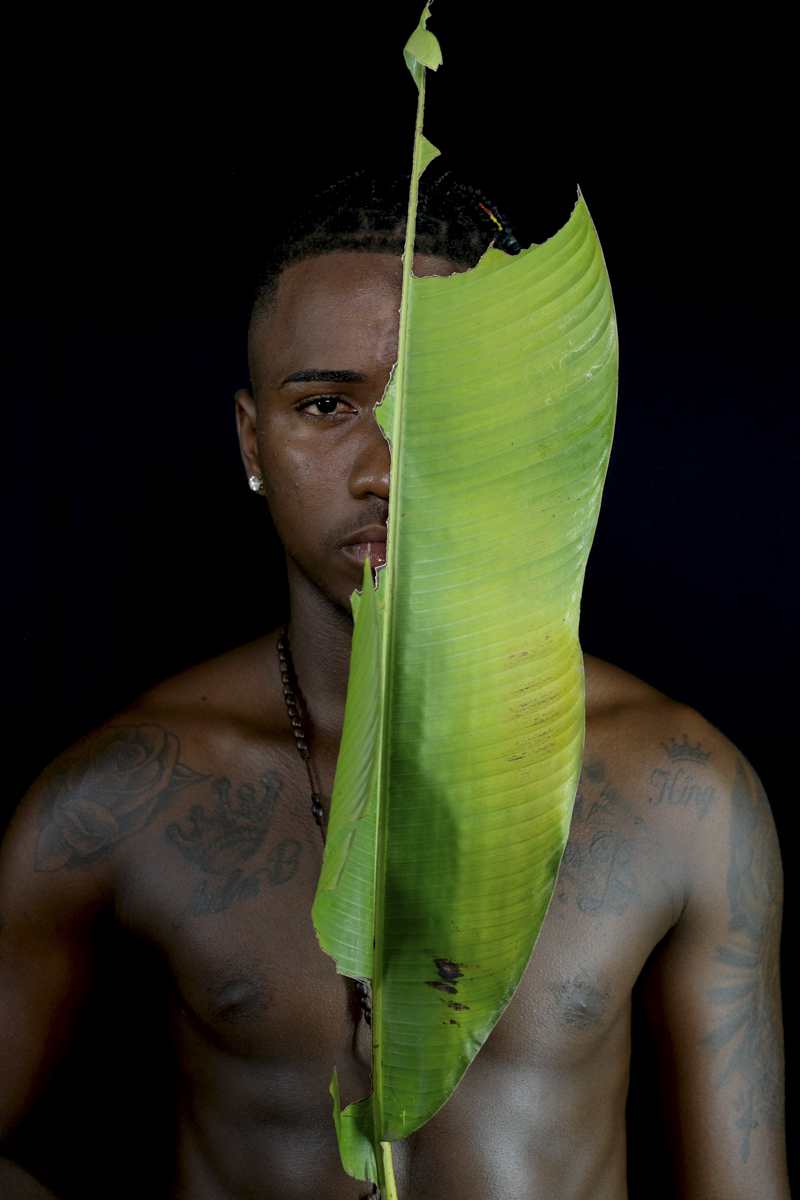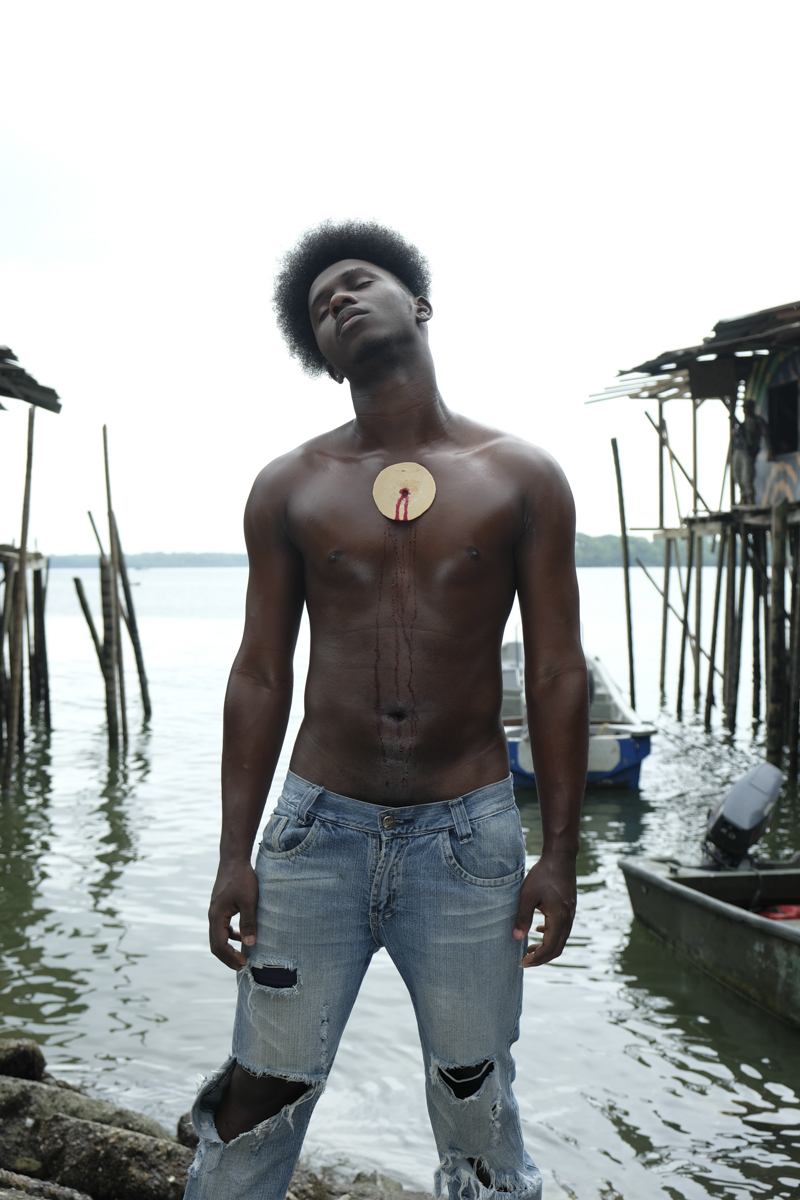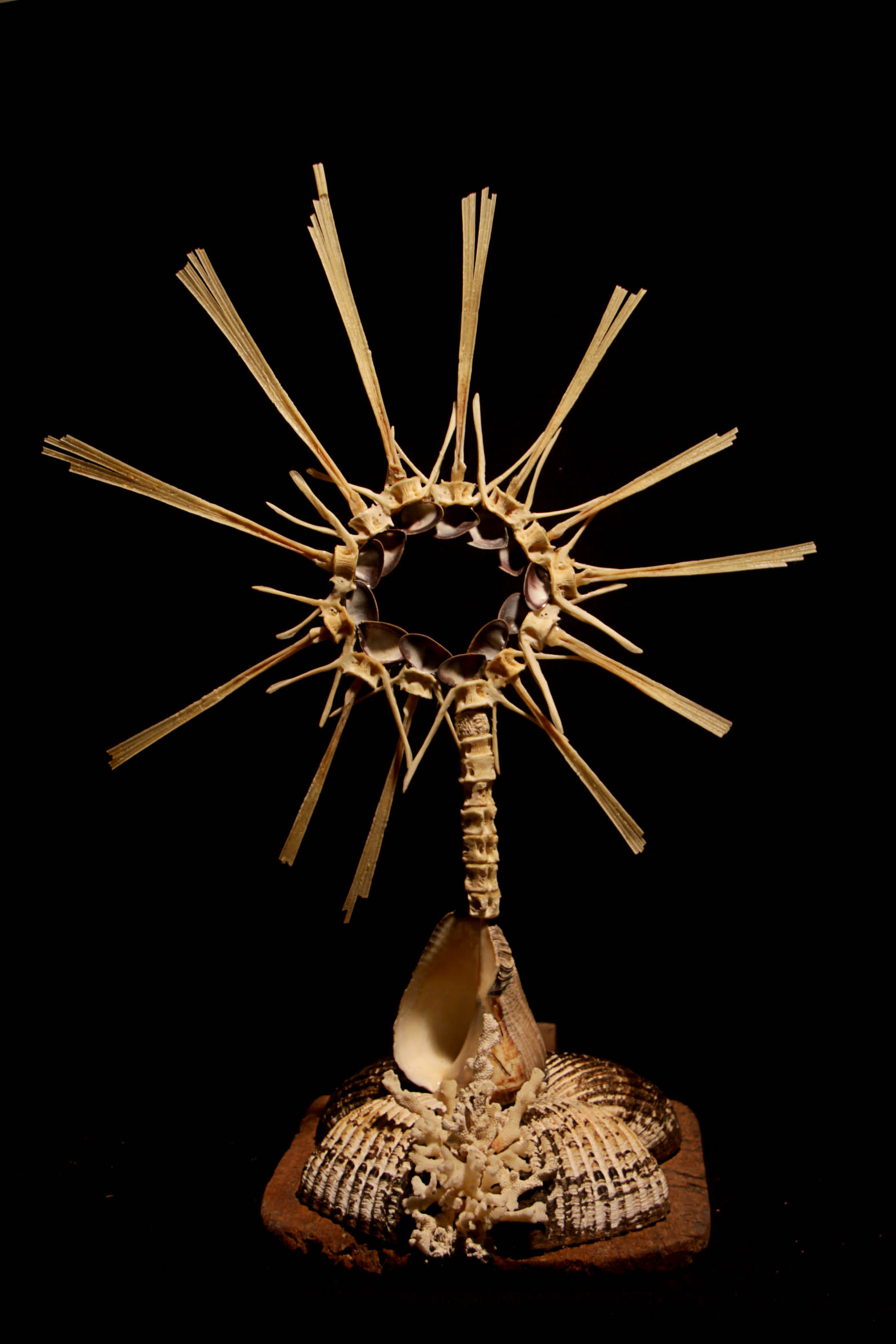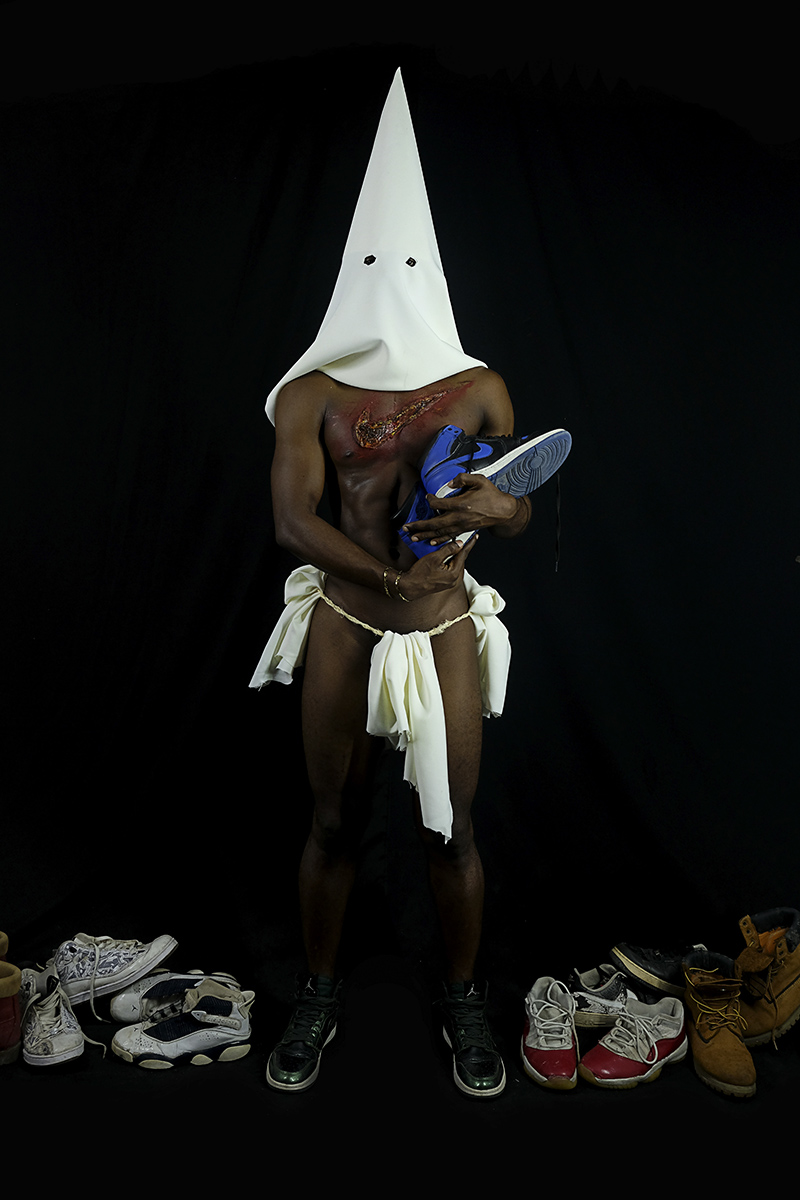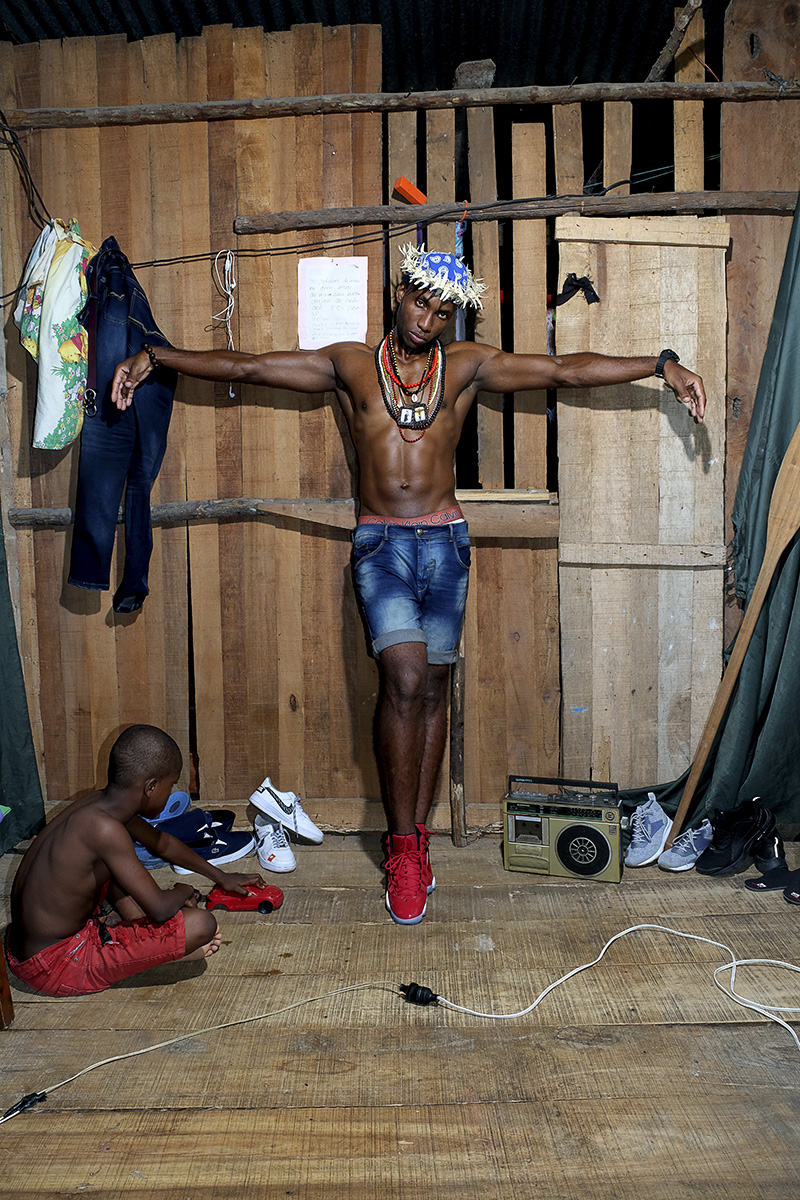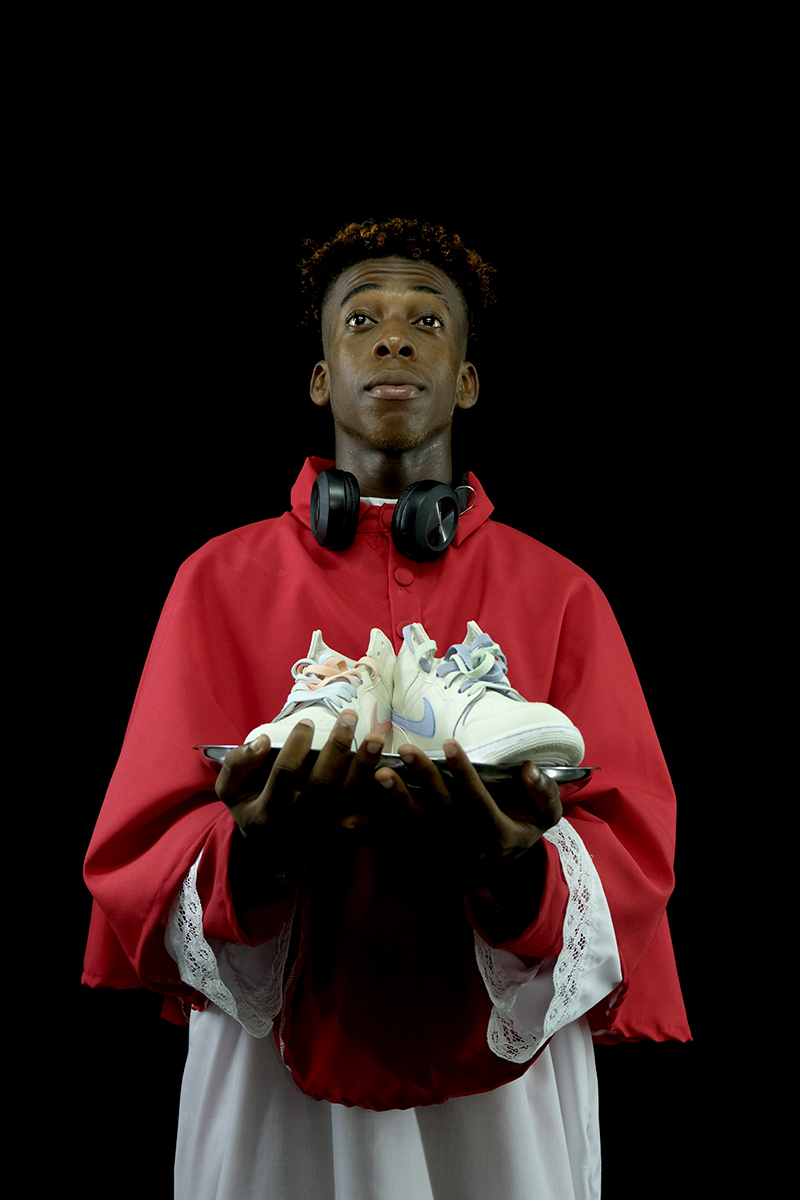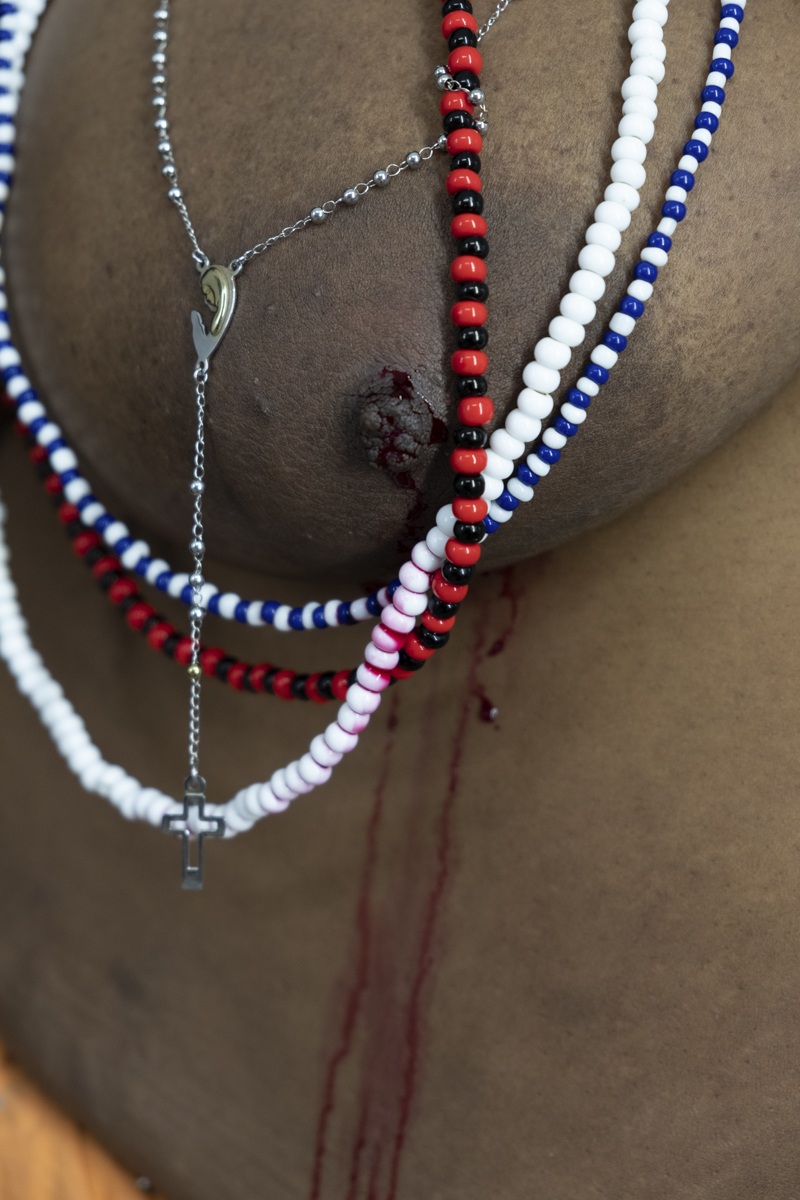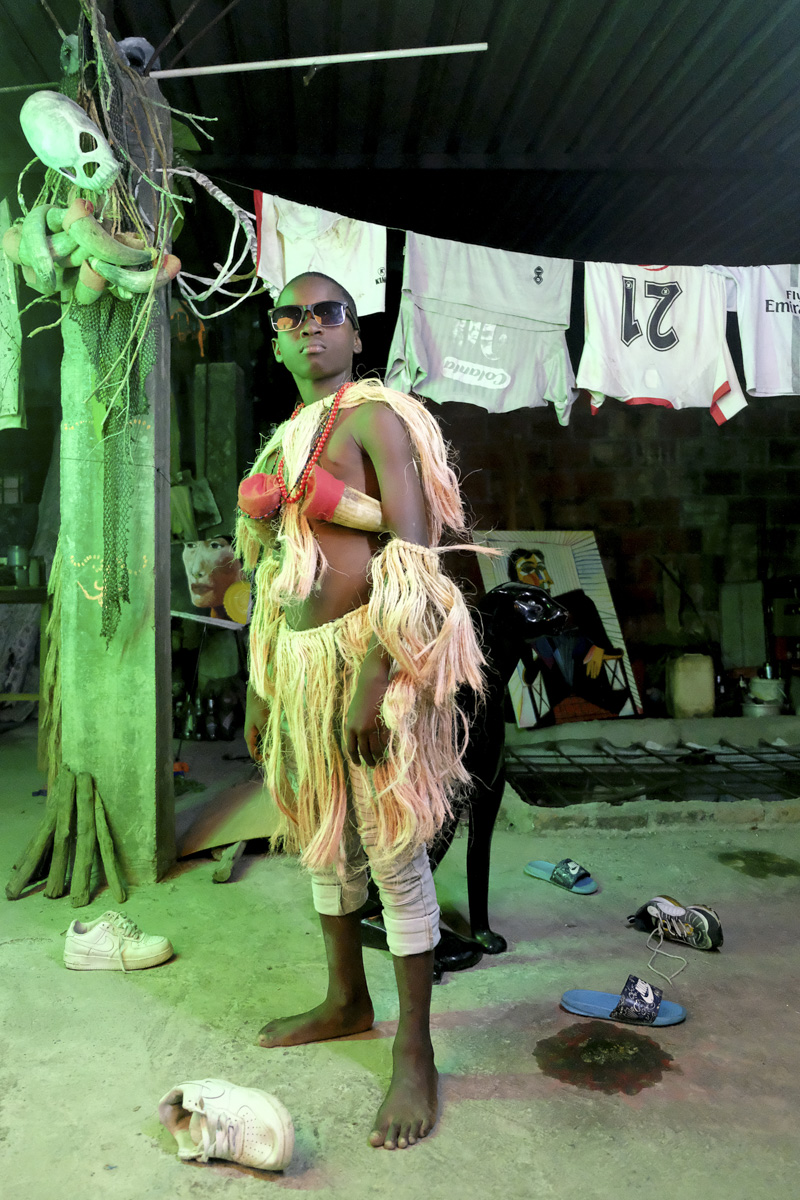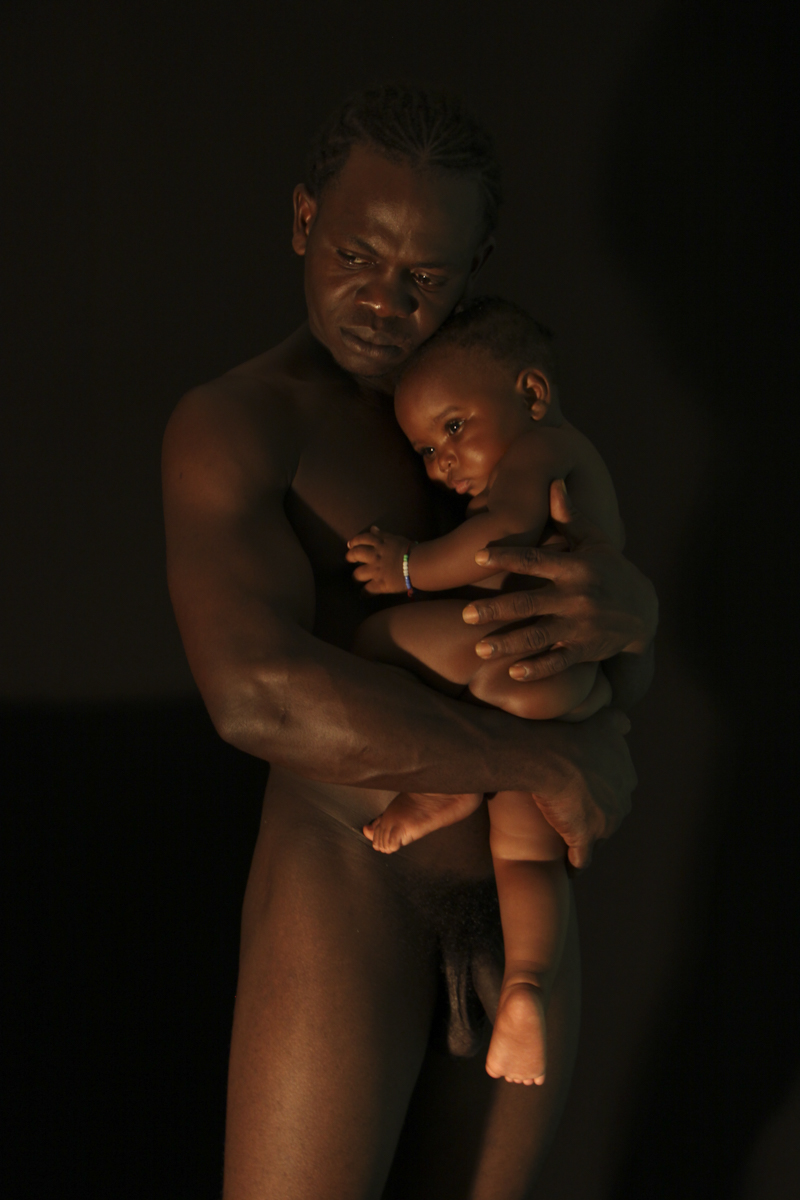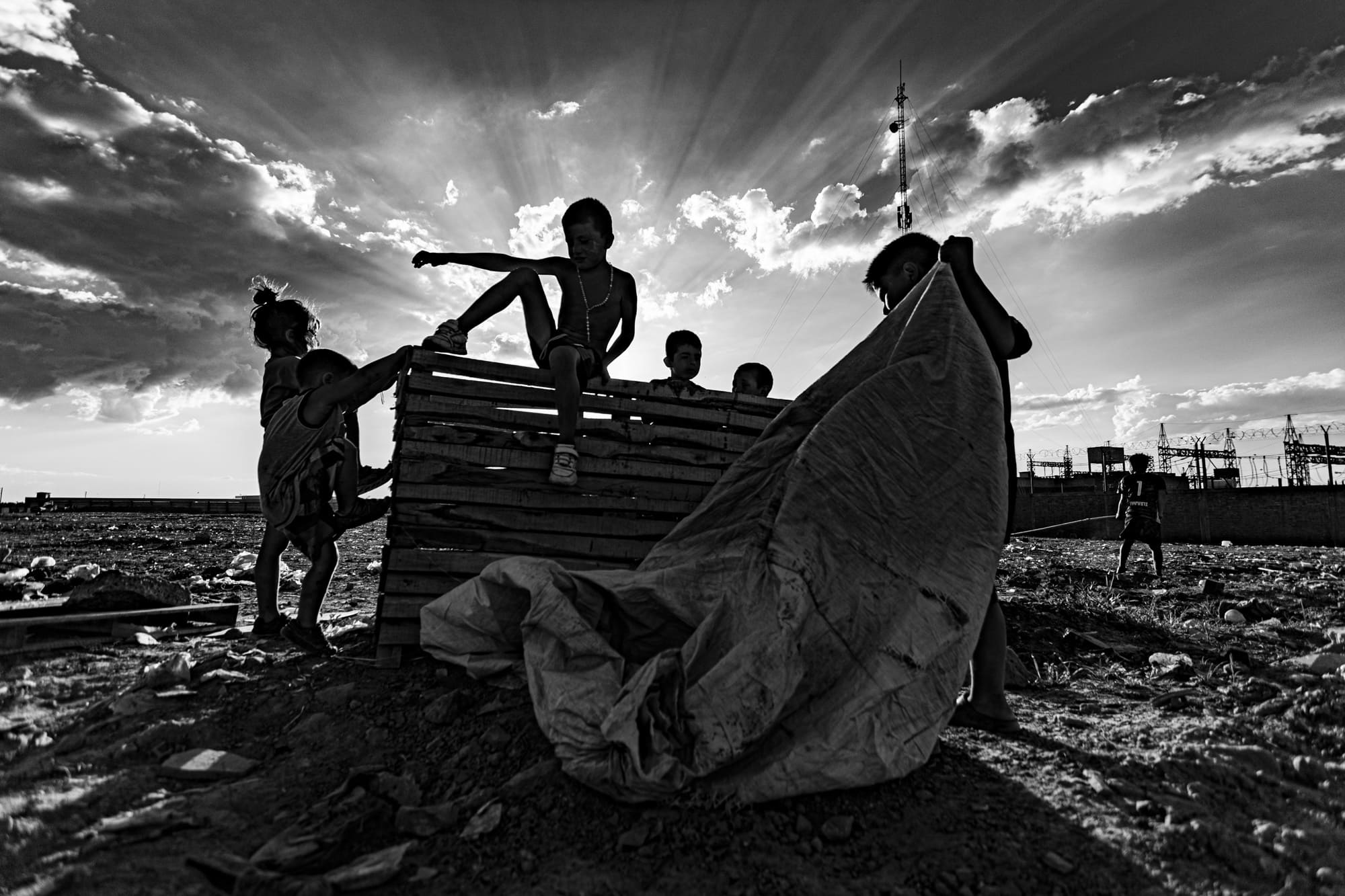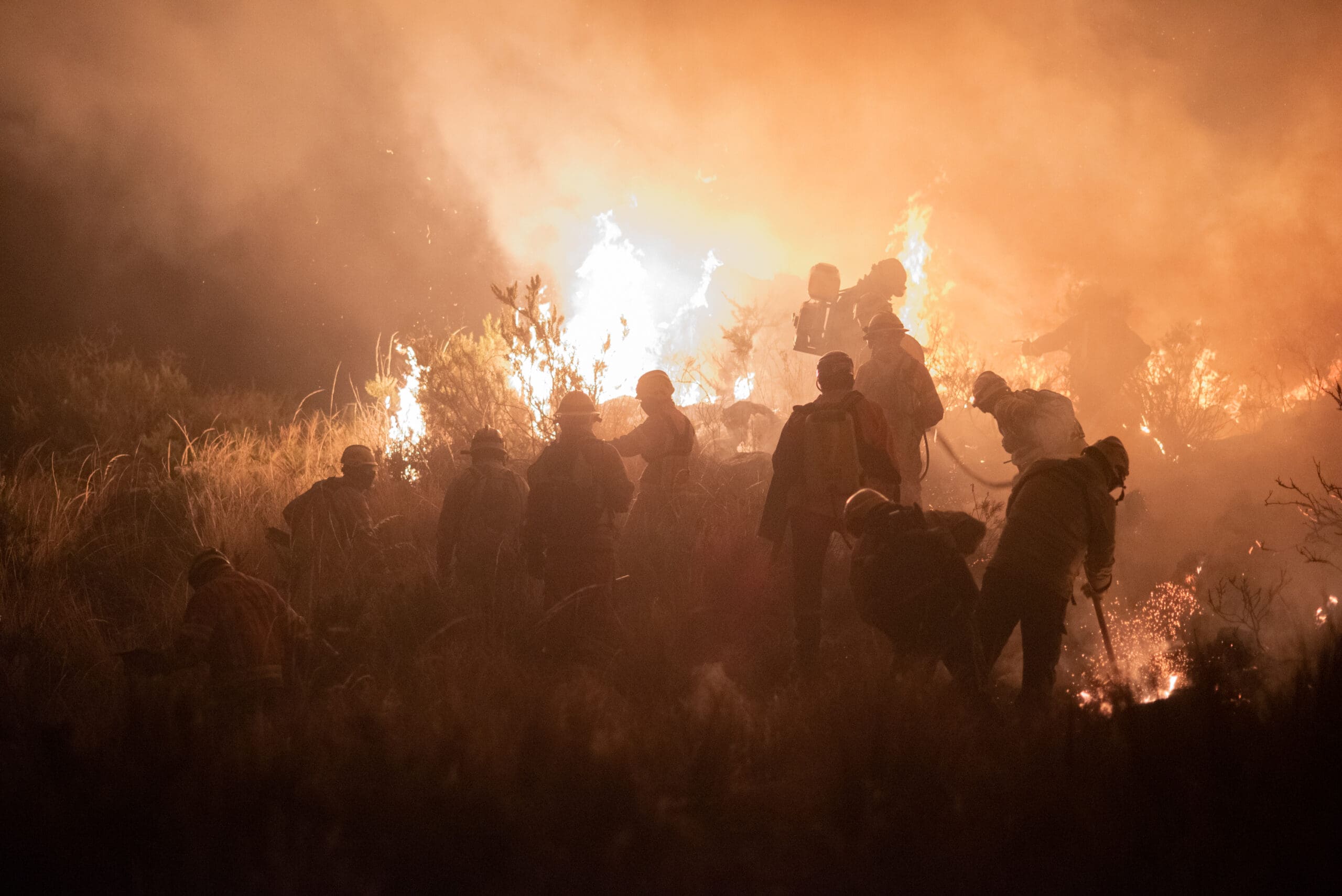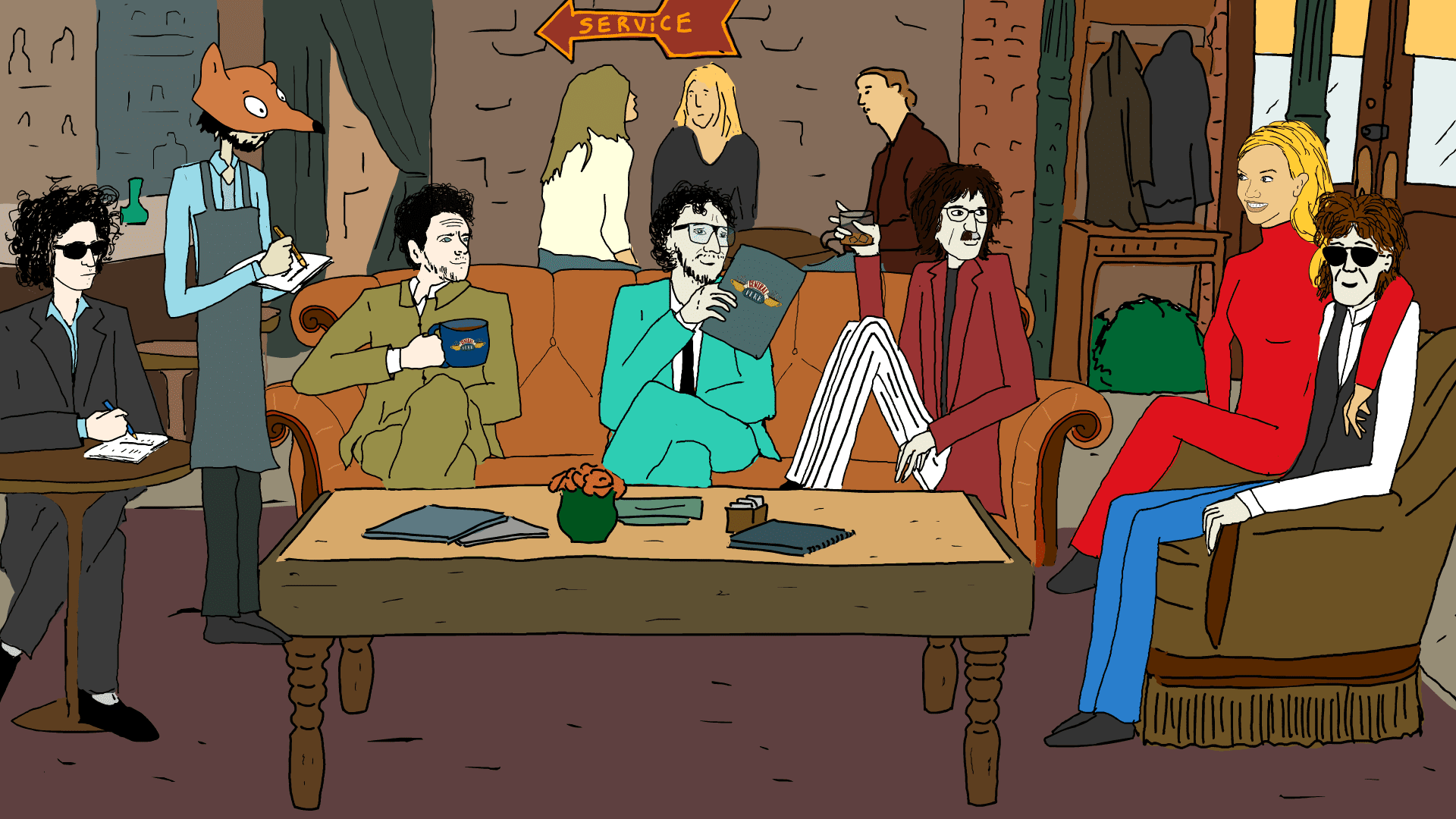What would Christian saints be like if they had been born on the Colombian Pacific coast? What would their lives be like? Their houses? Their rituals? Yeison Riascos knows it: “If San José had been born in Buenaventura, he would have been one more fisherman or unemployed.” A visual artist and photographer, Yeison was born in that Colombian port 35 years ago, and grew up reading with his mother a great Bible illustrated by the Frenchman Gustave Doré, who inspired him to start drawing.
He had to return to that Bible to prepare his project, a set of scenographic photographs in which he reconstructs images of the Catholic imagery with men and women from his community.
In recent years, Buenaventura has become dangerous. Any child has ever seen a disembodied head or arm lost in the waves or on a lonely road. Dear friends, they have started to disappear. Drinking water is a luxury of two hours a day. But no one seems to be paying attention.
Yeison wants to look at his neighbors as he look at the sacred: that is why he portrays the women of Buenaventura who sell fish on the streets all day, as if they were virgin. “It is a series of divine urban women,” he says. He began to watch them with special attention as he crossed them on the street. “Sometimes I looked at them and they had the position of many of the virgins that have been painted in art history, such as those of Murillo, Trinidad… virgins that we have in Latin America and in Europe and that we see in oil in large paintings,” he says.
Then, he would approach them and say: “You look very much like the Virgin of Lourdes.” They looked up, sitting with their fish platter. A look that was often desperate. “I said to myself, Hey, you have to pay attention to these women, because they are warrior women. With the photos I wanted to sanctify them.”
Other photos cross religious images with the main object of desire of the young people of Buenaventura: brand sneakers. So Yeison puts a young black cardinal in front of the camera, with headphones around his neck and a pair of Air Jordan as a chalice. “The youth of Buenaventura are very consumed by marketing and capitalism. They work very hard to get a pair of shoes. They stop sharing with their relatives if they don’t have a pair of fashionable sneakers. They can be Nike or Adidas, which are the best known brands,” says Yeison. “Placing this photograph, somehow, was to say to them: Hey, you’re going over everything to have some sneakers.”
The sneakers also surround the young man from another one of the photos. He is wearing sports clothes and on top, a typical African suit. The image is called “Transition”. Yeison identifies with this scene, between the contemporary and the ancestral. “Here it is very common that young people do not like the music of the Pacific coast that is with marimbas, bombo, typical instruments, but it is easier for them to like the urban genres like reggaeton, trap, and it is easier for them to get to know that music than the traditional one,” he laments. “Everyone is free to listen to what they want but typical music is disappearing and it may be a problem for later. In that photo we can read all of us being Afro-descendants. But we also see that capitalism is present and does not release any culture.”
